Top 10 customer service technology examples, 2023
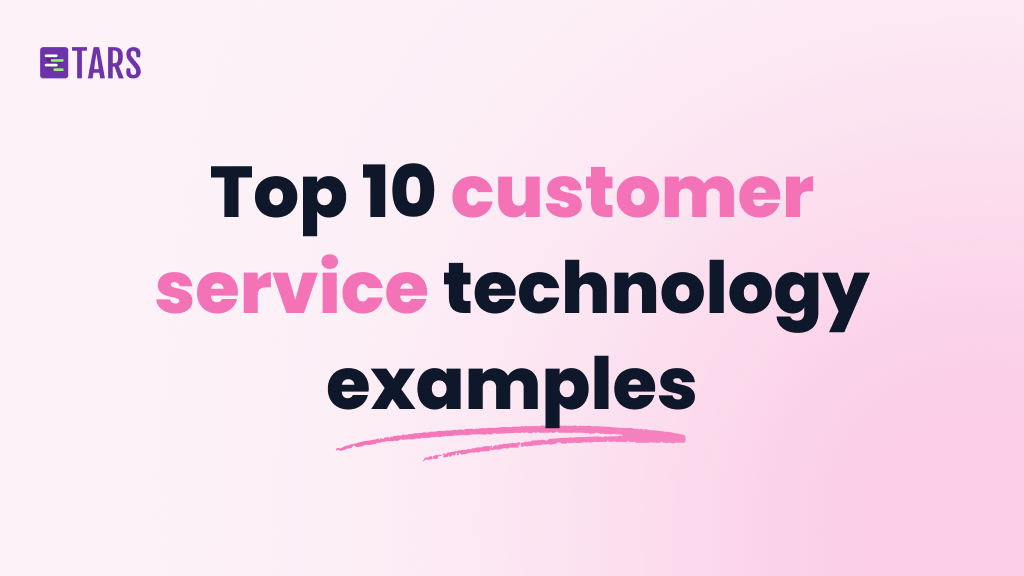
In today’s digital age, customer service has become more important than ever. As businesses strive to deliver exceptional customer experiences, they’re increasingly turning to technology to help them achieve their goals.
In this blog post, we’ll explore the top 10 examples of customer service technology that are set to dominate the industry in 2023.
1. Chatbots
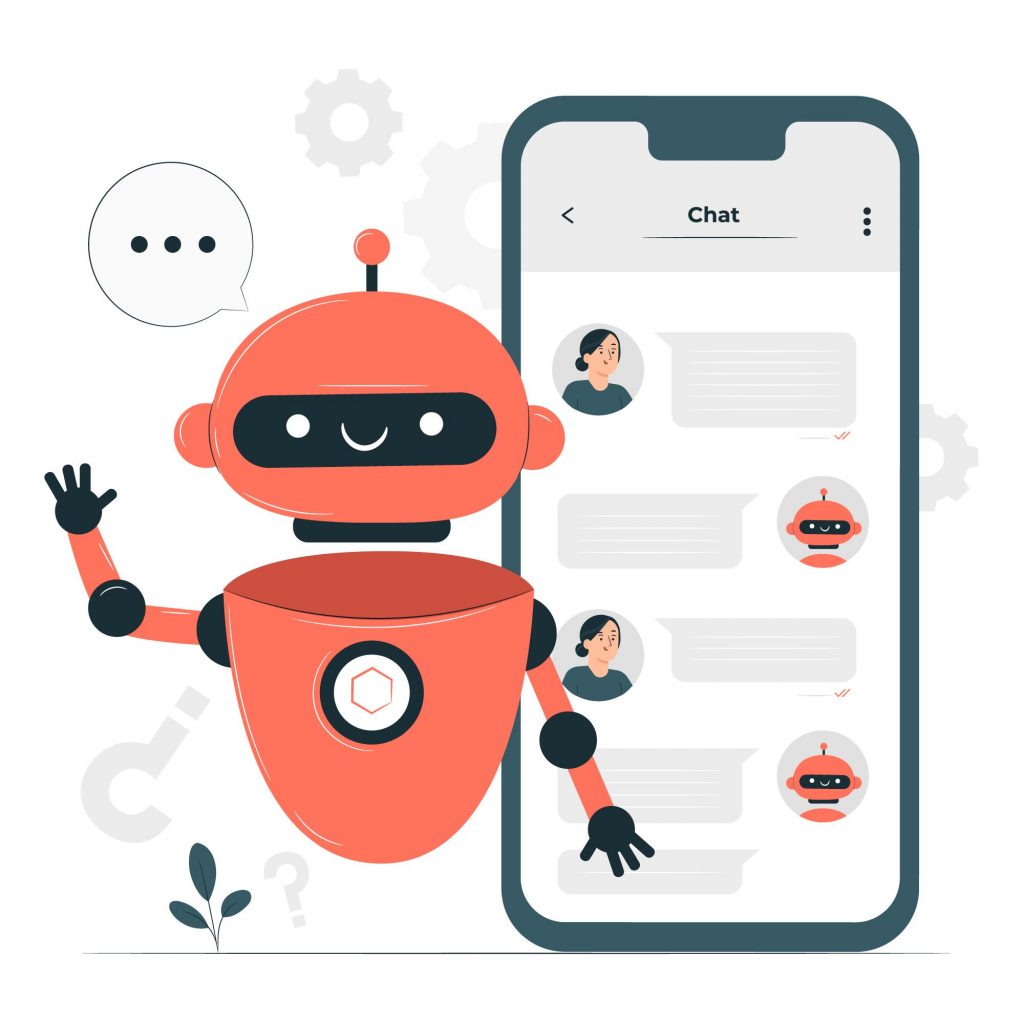
Chatbots are computer programs that can simulate human conversation, providing customers with instant access to information and support.
However, the technology has evolved significantly beyond basic chatbots. Today’s AI Agents represent the next generation of Conversational AI, capable of understanding context, accessing multiple knowledge sources, and executing complex workflows autonomously.
While traditional chatbots follow pre-programmed decision trees, modern AI Agents leverage advanced natural language processing and machine learning to provide more intelligent, contextual responses. These AI Agents can integrate with existing tools, ingest knowledge from multiple sources, and be configured in a manner that allows them to handle complex customer interactions.
Chatbots can be integrated into messaging platforms like Facebook Messenger, Slack, and WhatsApp, making it easy for customers to interact with them. In customer service, chatbots can be used for:
- Answering Frequently Asked Questions
- Providing 24/7 Customer Service:
- Assisting with Order Tracking:
- Personalized Support – Chatbots can use customer data to provide personalized recommendations and support.
Some of the benefits of using chatbots for customer service include:
- 24/7 availability
- Reduced response times
- Increased customer satisfaction
- Cost savings
One example of a company that has successfully implemented chatbots in its customer service strategy is H&M. The fashion retailer utilizes a chatbot on its website and app to assist customers with questions about sizing, availability, and returns.
Among all the customer service technology examples in this blog, chatbots are likely the most popular and user-friendly due to their cost-effectiveness and ease of implementation.
Taking chatbots a notch up, AI Agents allow all existing benefits along with improved workflow automation capabilities.
2. Artificial intelligence (AI)
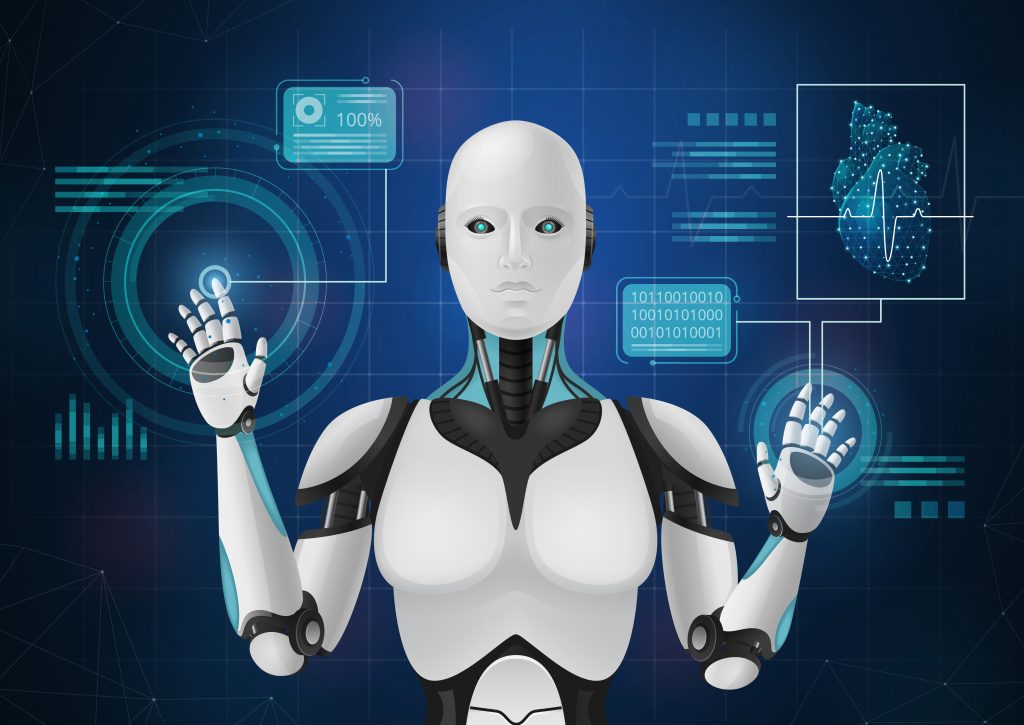
AI involves the use of algorithms and machine learning to perform tasks that traditionally require human intelligence. In customer service, AI can be used for tasks like:
- Identifying customer needs and preferences
- Providing personalized recommendations
- Resolving complex issues
- Analyzing customer feedback
AI Agents have also changed how businesses implement AI in customer service. Tars provides sophisticated prompting configuration tools that allow businesses to fine-tune AI behavior without requiring deep technical knowledge.
Some of the benefits of using AI for customer service include:
- Improved efficiency
- Increased accuracy
- Better customer insights
- Lower costs
One example of a company that’s successfully implemented AI in their customer service strategy is Delta Air Lines. The airline uses AI to predict flight delays and rebook passengers automatically, improving the customer experience and reducing delays.
3. Virtual and augmented reality (VR/AR)
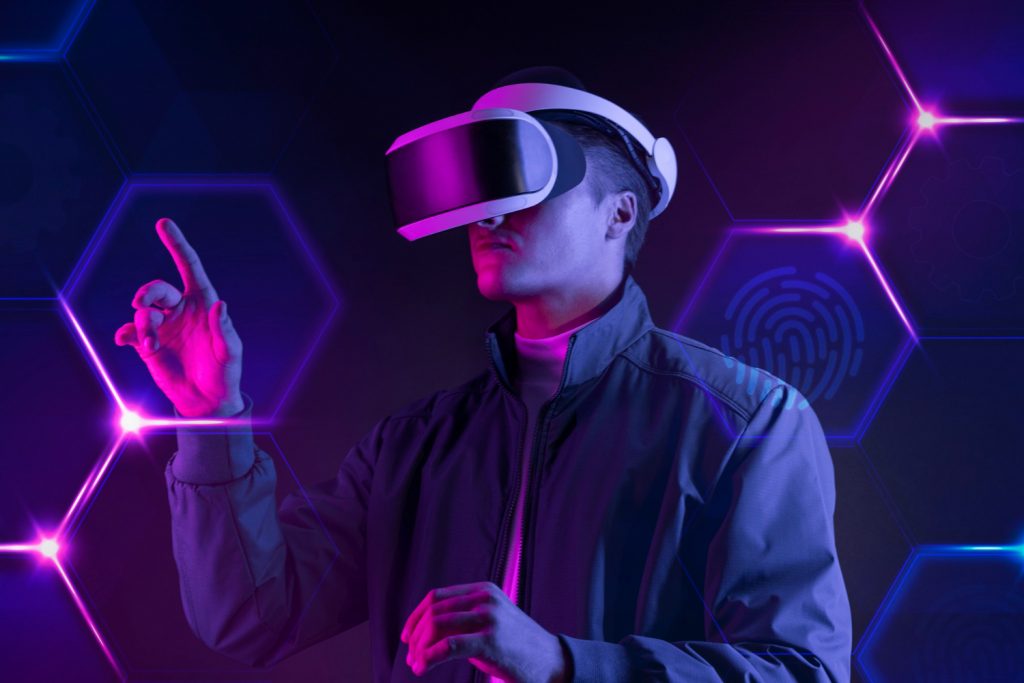
Virtual and augmented reality technologies allow customers to experience products and services in a virtual environment, providing a more immersive and engaging experience. In customer service, VR/AR can be used for tasks like:
- Providing product demos
- Offering virtual tours
- Troubleshooting issues
- Providing training and education
Some of the benefits of using VR/AR for customer service include:
- Increased engagement
- Enhanced customer experience
- Improved understanding of products and services
- Reduced costs
4. Video conferencing
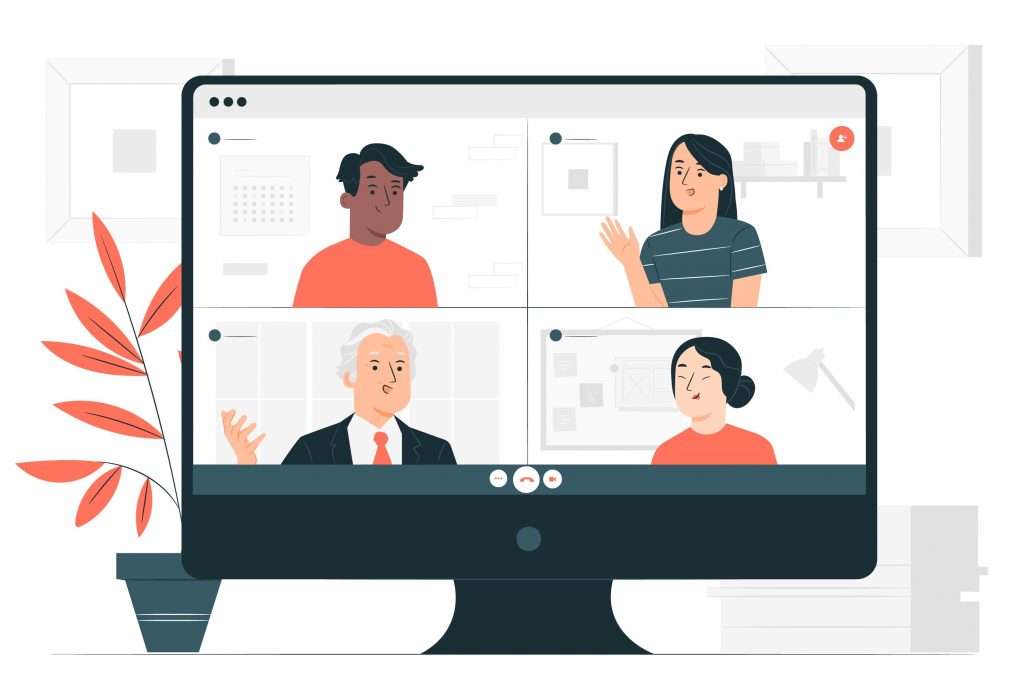
Video conferencing technologies allow customers to connect with customer service representatives in real-time, providing a more personal and interactive experience. In customer service, video conferencing can be used for tasks like:
- Providing technical support
- Offering product demonstrations
- Resolving complex issues
- Conducting customer interviews
Some of the benefits of using video conferencing for customer service include:
- Increased personalization
- Improved communication
- Faster issue resolution
- Reduced travel costs
5. Social media listening tools
Social media listening tools allow companies to monitor and analyze social media conversations about their brand, products, and services. In customer service, social media listening tools can be used for tasks like:
- Identifying customer issues and complaints
- Monitoring brand reputation
- Providing customer support
- Identifying trends and opportunities
Some of the benefits of using social media listening tools for customer service include:
- Improved customer engagement
- Better understanding of customer needs and preferences
- Increased brand loyalty
- Reduced response times
6. Knowledge management systems
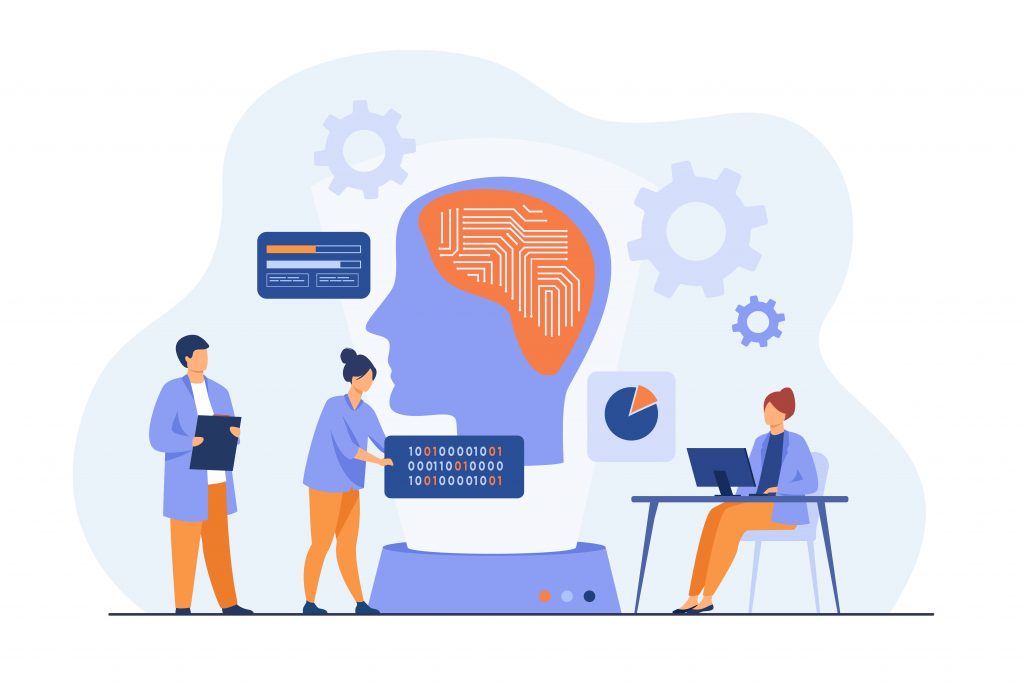
Knowledge management systems are software platforms that allow companies to store, organize, and share information and knowledge within their organization. In customer service, knowledge management systems can be used for tasks like:
- Providing answers to frequently asked questions
- Sharing best practices and processes
- Providing training and education
- Resolving complex issues
Unlike traditional systems that require users to search for specific information, AI Agents can interpret natural language queries and surface the most relevant knowledge instantly, making the entire customer service experience more intuitive and efficient. With features like AI Evaluation and chunk ranking, AI Agents are far superior to traditional systems when it comes to knowledge management use cases.
Some of the benefits of using knowledge management systems for customer service include:
- Improved efficiency
- Increased accuracy
- Better customer insights
- Reduced costs
7. Customer relationship management (CRM) software
CRM software is a platform that allows companies to manage their interactions with customers and prospects, storing customer data, tracking sales and marketing activities, and providing insights into customer behavior. In customer service, CRM software can be used for tasks like:
- Tracking customer inquiries and issues
- Managing customer feedback
- Providing personalized recommendations
- Analyzing customer behavior
Some of the benefits of using CRM software for customer service include:
- Improved customer insights
- Better customer engagement
- Enhanced customer loyalty
- Reduced costs
8. Mobile apps
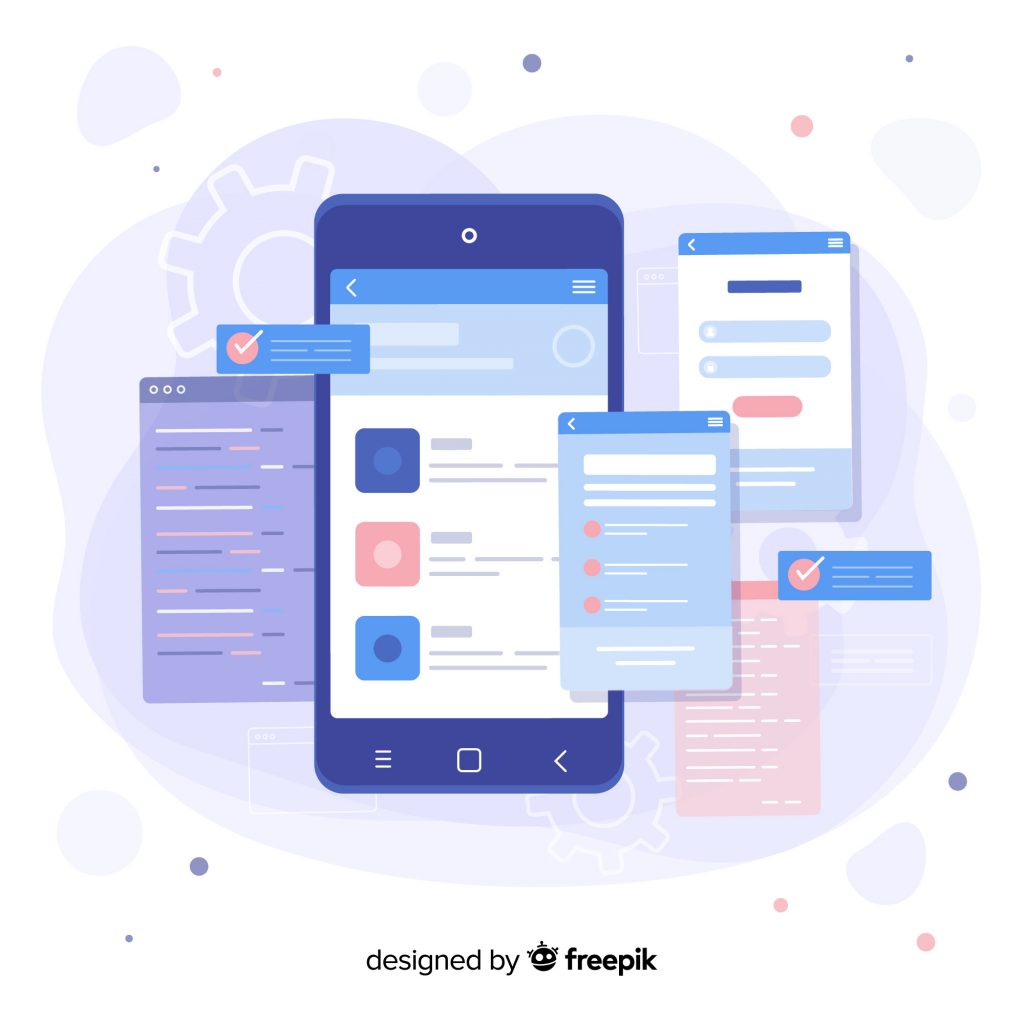
Mobile apps are software applications designed to run on mobile devices like smartphones and tablets, providing customers with access to information and services on the go. In customer service, mobile apps can be used for tasks like:
- Providing product information and support
- Offering real-time chat support
- Facilitating self-service options
- Providing personalized recommendations
Some of the benefits of using mobile apps for customer service include:
- Increased convenience
- Improved customer engagement
- Better customer insights
- Reduced costs
One example of a company that has successfully implemented mobile apps in their customer service strategy is Starbucks. The coffee chain’s mobile app allows customers to order and pay for drinks, find nearby stores, and access personalized recommendations.
9. Personalization tools
Personalization tools allow companies to deliver customized experiences to customers based on their preferences, behaviors, and other data. In customer service, personalization tools can be used for tasks like:
- Providing personalized recommendations
- Customizing product and service offerings
- Tailoring marketing messages
- Personalizing customer interactions
With Agentic platforms, you can build personalization tools for multiple purposes. We have created personal recommendation Agents for marketing, strategic growth, and even movies! Some of the benefits of using personalization tools for customer service include:
- Increased customer engagement
- Enhanced customer experience
- Improved customer loyalty
- Higher conversion rates
One example of a company that has successfully implemented personalization tools in its customer service strategy is Netflix. The streaming service uses personalized recommendations to suggest content to its users based on their viewing history and other data.
10. Self-service portals
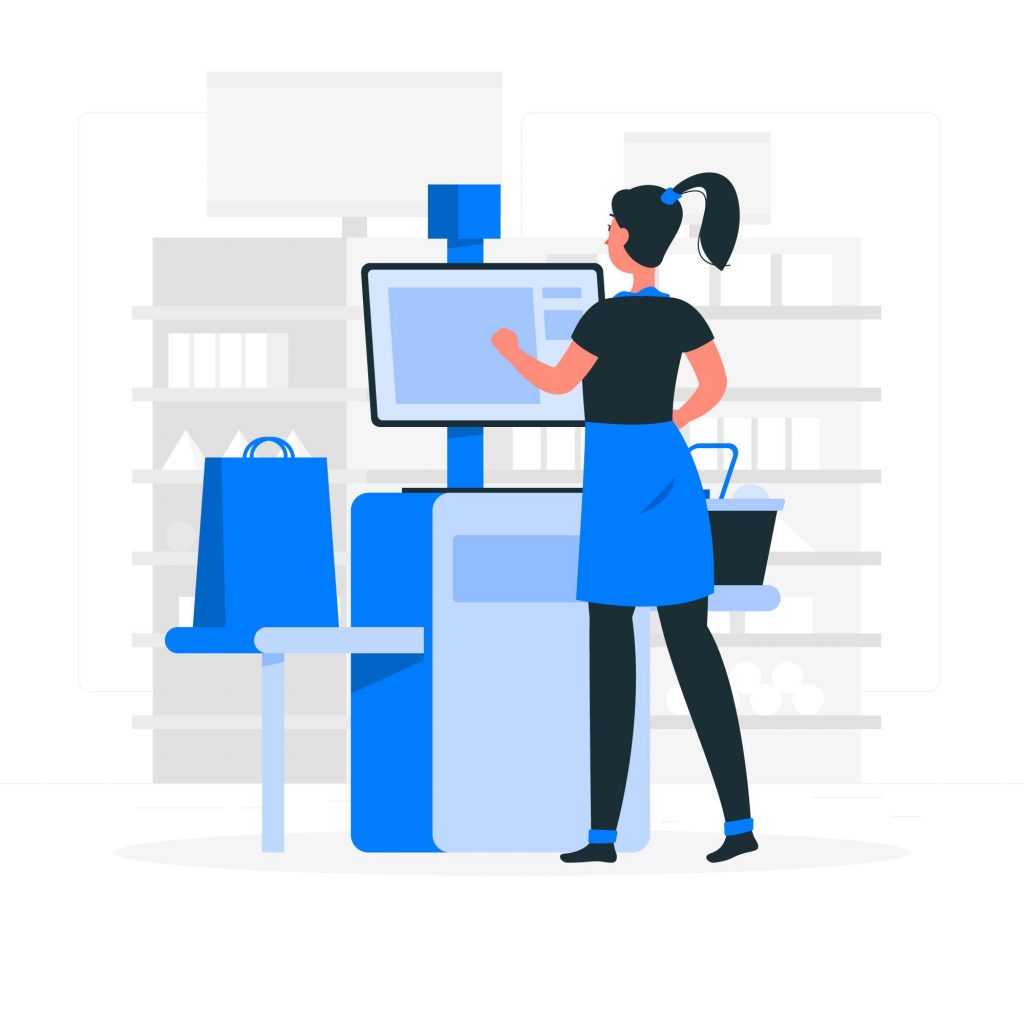
Self-service portals are online platforms that allow customers to find information and resolve issues on their own, without the need for human assistance. In customer service, self-service portals can be used for tasks like:
- Providing product information and support
- Offering self-service options like chatbots and knowledge bases
- Enabling customers to track their orders and transactions
- Providing access to billing and payment information
Some of the benefits of using self-service portals for customer service include:
- Increased efficiency
- Improved customer satisfaction
- Reduced costs
- Higher customer retention
These customer service technology examples are the most relevant in 2023; however, we can expect far more options in the near future. Keep an eye on TARS blogs to stay updated with new and upcoming customer service technologies.
Want to make the best use of technology to enhance customer service?
At Tars, we make use of advanced Conversational AI technology to help marketing and sales leaders optimize their conversion funnels to drive higher conversions and engagements. Don’t believe me? Simply book a free demo, and our team of in-house experts will show you how you can do the same.
Tars is trusted by multiple industry giants, including American Express, Vodafone, Nestle, Adobe, Bajaj, and many more.
My name is Vinit Agrawal and I am the Founder and CTO of Tars. I have been working on the Tars Chatbot Builder since 2015 and my core strength is in building software products with simple and functional user experiences focusing on bringing some core business results. My current role in the company is a mix of Product Manager, Engineering Manager and in Business & Marketing Strategy.
- 1. Chatbots
- 2. Artificial intelligence (AI)
- 3. Virtual and augmented reality (VR/AR)
- 4. Video conferencing
- 5. Social media listening tools
- 6. Knowledge management systems
- 7. Customer relationship management (CRM) software
- 8. Mobile apps
- 9. Personalization tools
- 10. Self-service portals
- Want to make the best use of technology to enhance customer service?


Build innovative AI Agents that deliver results
Get started for freeRecommended Reading: Check Out Our Favorite Blog Posts!
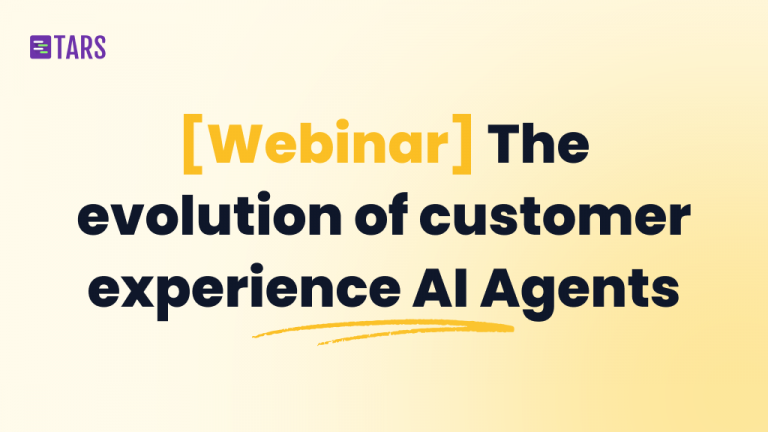
[Webinar] The evolution of customer experience AI: From rigid chatbots to intelligent AI
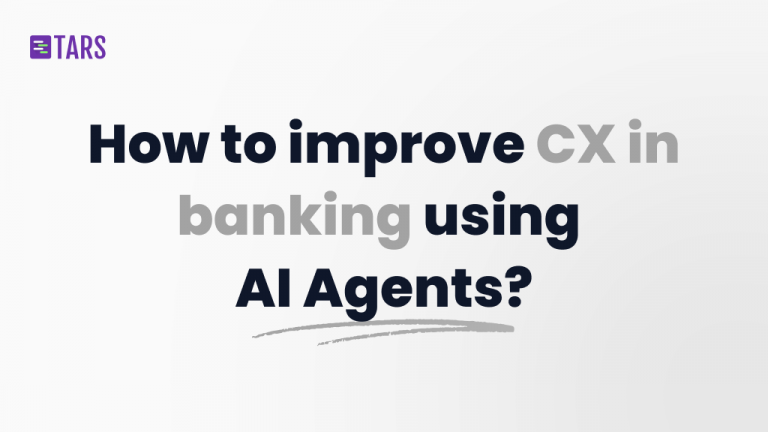
How to improve customer experience in banking using AI Agents?
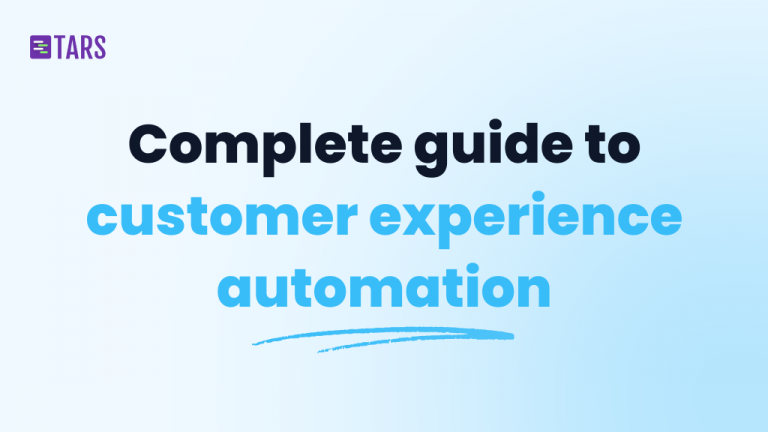
Customer experience automation: The complete guide to CXA in 2025

Our journey in a few numbers
With Tars you can build Conversational AI Agents that truly understand your needs and create intelligent conversations.
years in the conversational AI space
global brands have worked with us
customer conversations automated
countries with deployed AI Agents




